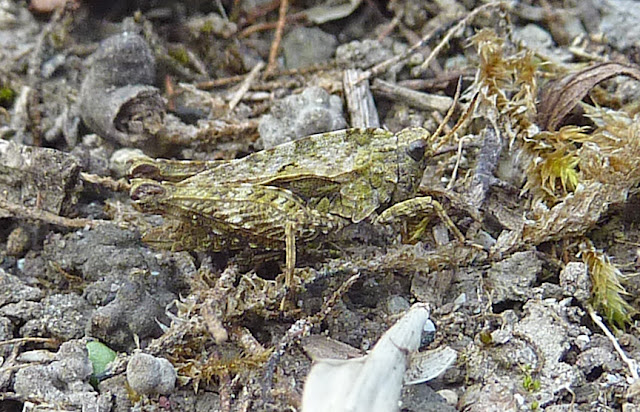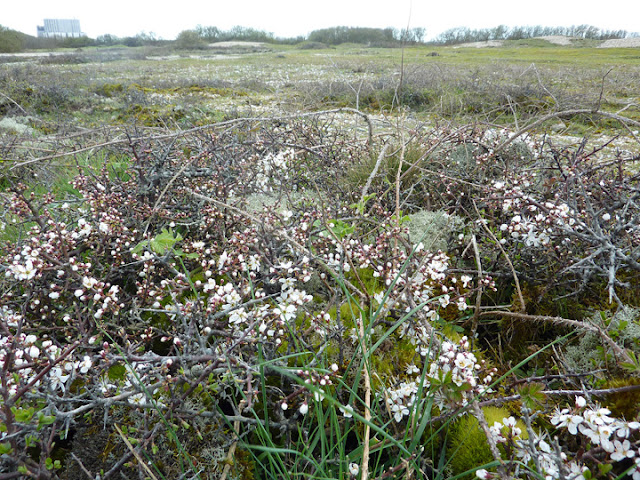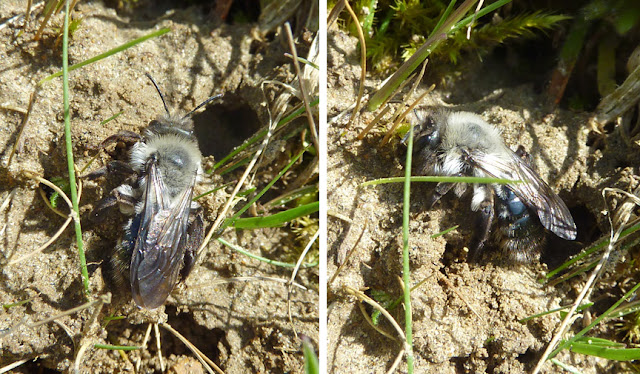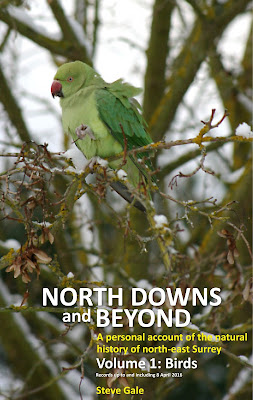Queen of the Wheatears!

April is now practically consigned to history, and with it comes closure on the 4th ND&B Wheatear Trophy. This year's battle was a more sedate affair, with none of last year's dog fight at the end, which saw skullduggery and underhand tactics - most un-Oenanthe-like! Our previous winners were: 2013 Gavin Haig (Devon) With Gavin's return to blogging this year, hopes were high that our very first winner would make an assault on the trophy, especially since he has adopted some prime birding real estate on the Dorset coast. But where was he? He posted absolutely no white-arse images at all! 2014 Martin Casemore (Kent) When you live at Dungeness, and possess an enormous lens (steady now...), there can be no excuse for not having a go at reclaiming the trophy. Although he started with good, early intent, the pressure must have become too much, as he disappeared to Morocco for ten days at the end of April!! Despite this, he managed a creditable seven white-arses. 20










